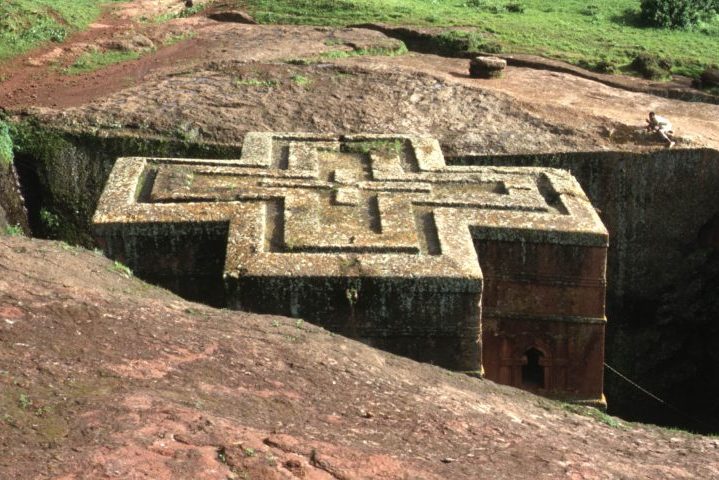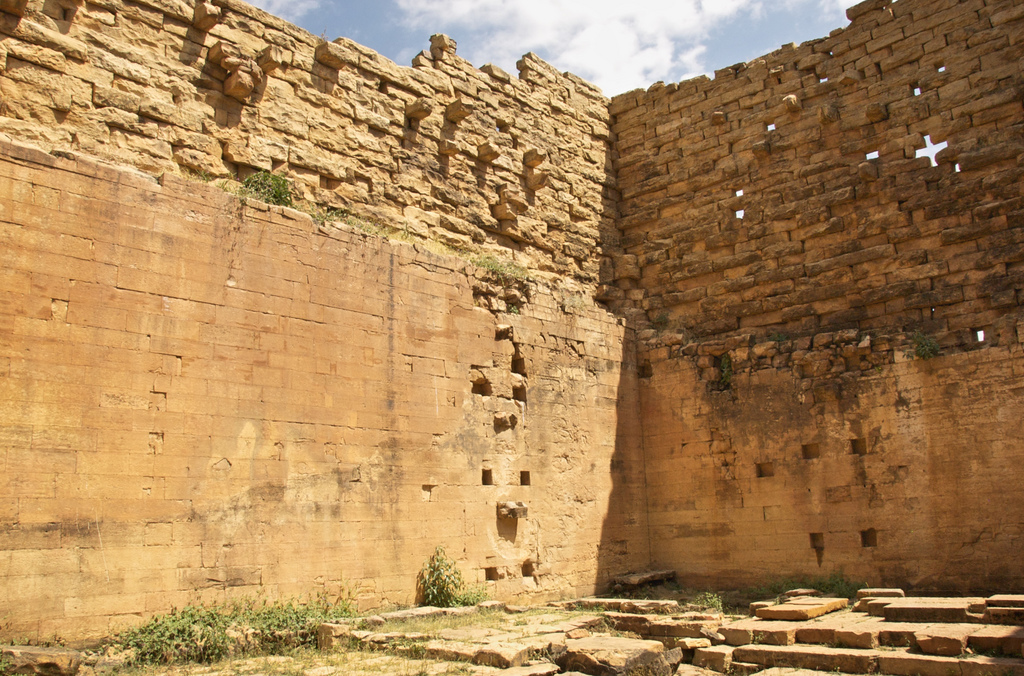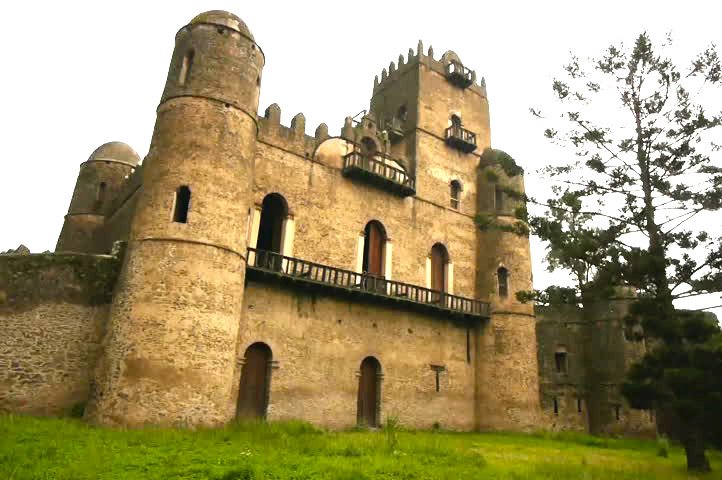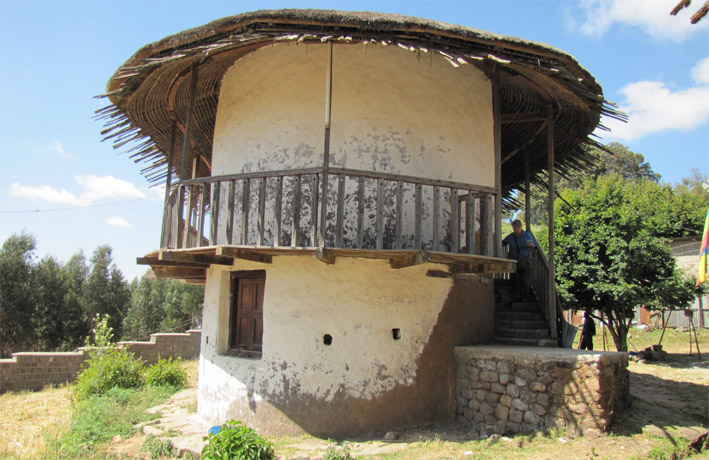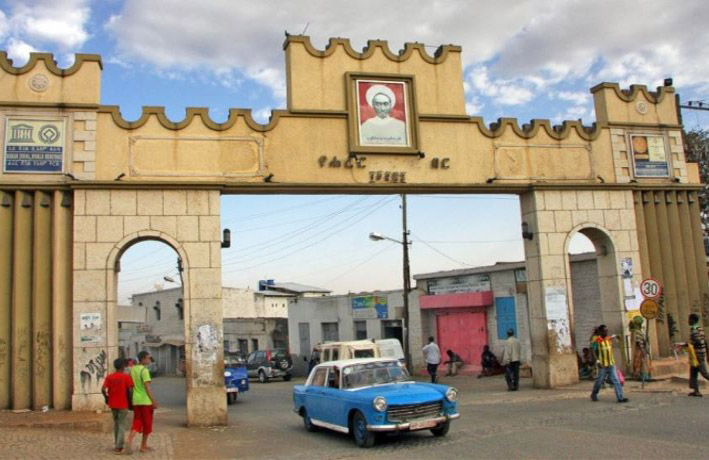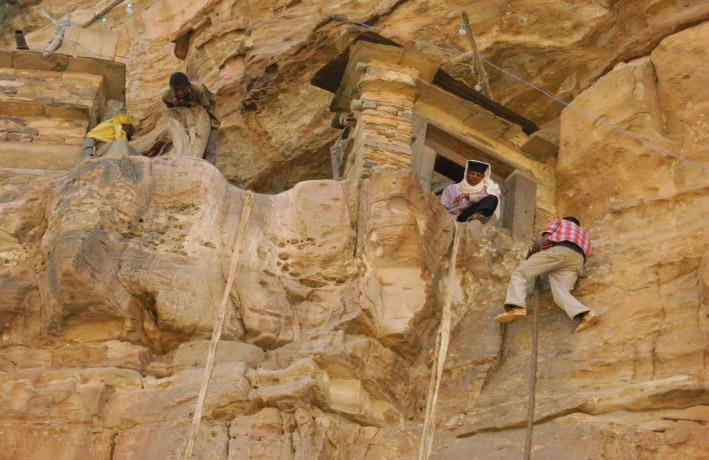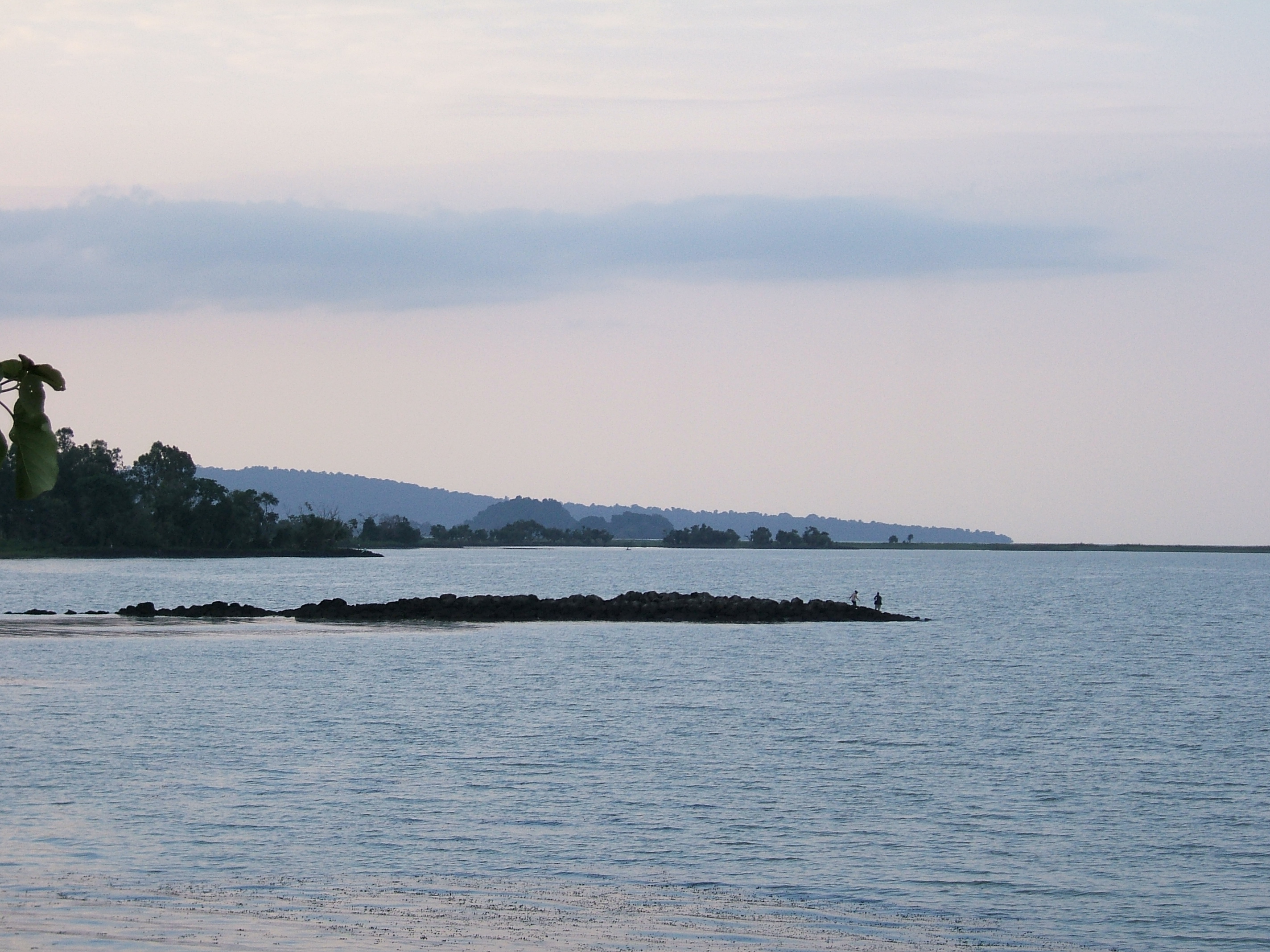Lalibela
Lalibela is a town in Ethiopia which is famous for rock-cut monolithic churches. The whole of Lalibela is a large and important site for the antiquity, medieval and post-medieval civilization of Ethiopia. To Christians, Lalibela is one of Ethiopia’s holiest cities, second only to Axum, and a center of pilgrimage. Unlike Axum, the population of Lalibela is almost completely Ethiopian Orthodox Christian.
The layout and names of the major buildings in Lalibela are widely accepted, especially by local clergy, to be a symbolic representation of Jerusalem. This has led some experts to date the current church construction to the years following the capture of Jerusalem in 1187 by the Muslim leader Saladin.
